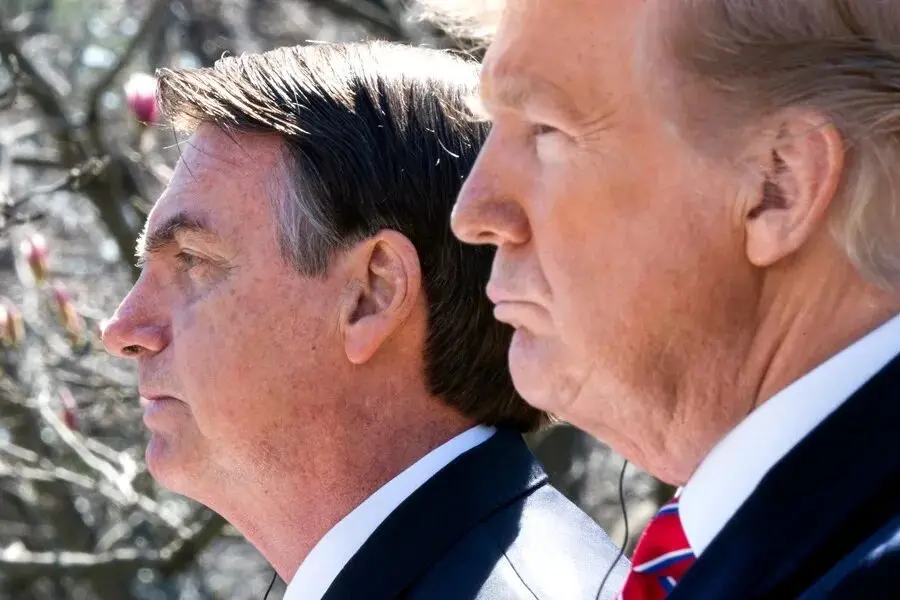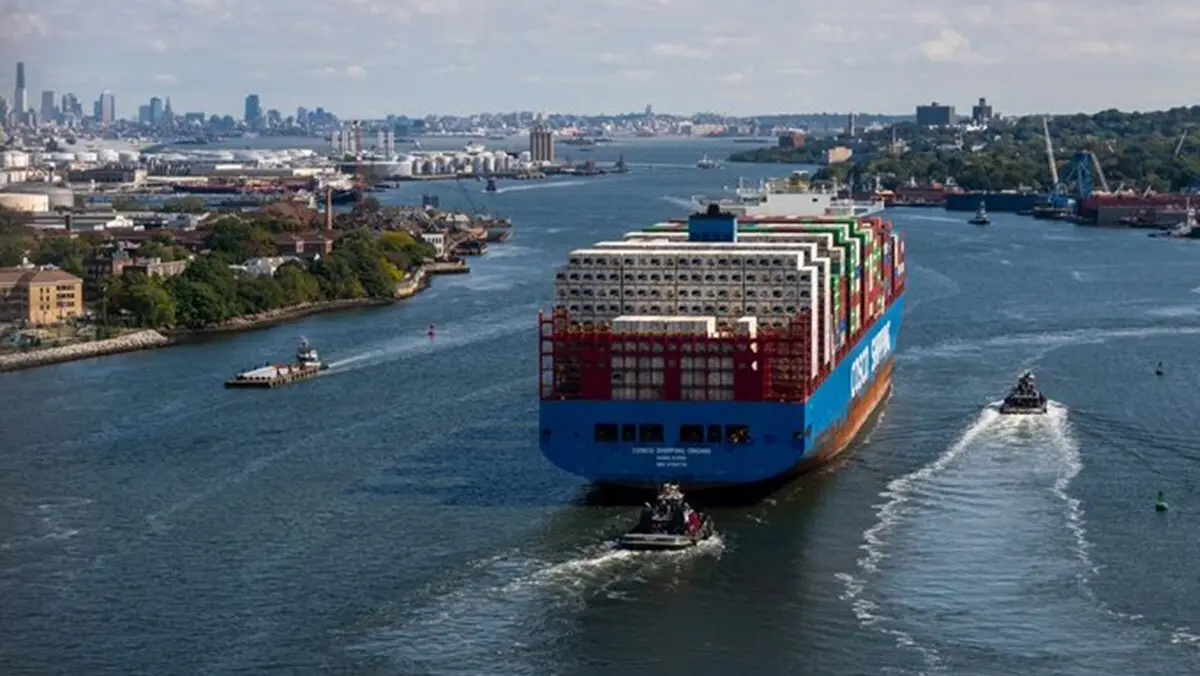Trump to Request Emergency Supreme Court Action to Protect His Tariff Policy

U.S. President Donald Trump. X/ @leogoriev
May 29, 2025 Hour: 2:30 pm
The blockade of the implementation of the ‘Liberation Day’ tariffs is a major setback in the MAGA economic agenda.
On Friday, the U.S. government will request an emergency measure from the Supreme Court to prevent “irreparable harm to national security and the economy” caused by the blocking of President Donald Trump’s tariff policy.
RELATED:
Trump Threatens EU with 50 Percent Tariffs: A Blow to Workers on Both Sides of the Atlantic
Earlier, on Wednesday, the U.S. Court of International Trade ruled that his tariff policy is unconstitutional, stating that Trump is overstepping his authority, as Congress does not delegate “unlimited” power to the president to invoke the 1977 International Emergency Economic Powers Act (IEEPA).
The court’s decision halted the global tariffs and reciprocal duties announced on “Liberation Day,” April 2, as well as earlier ones against Canada, Mexico, and China. The Court of International Trade gave the Trump administration 10 days to comply with its ruling and barred it from making any future modifications to the tariffs in question.
Expectations about the court decision’s impact on Trump’s trade war range widely, with some celebrating the constraint on the Republican politician’s agenda and others believing he will ultimately prevail.
Wall Street Rallies Following Limits on Presidential Powers
On Thursday, Wall Street opened in the green after the court blocked much of Trump’s tariff policy. Ten minutes after the opening bell, the Nasdaq rose 1.21% to 19,314 points, the S&P 500 climbed 0.67% to 5,928 points, and the Dow Jones Industrial Average increased 0.16% to 42,166 points.
Most of the tariffs mentioned in the court order had already been paused after markets plunged and Trump decided on April 9 to maintain only 10% tariffs for 90 days while pursuing bilateral deals with each country.
While the court’s decision appears to have calmed Wall Street investors, it could also raise concerns about prolonged negotiations with U.S. trade partners.
On Thursday morning, the U.S. also released GDP data, showing a 0.2% contraction in the first quarter on an annualized basis, marking the first decline in the U.S. economy since 2022.
Judicial Block Fuels Uncertainty Among Economic Stakeholders
Considering observed behavior, the judicial block on tariffs will likely increase uncertainty, as it won’t be enough to stop President Trump.
Alec Phillips, an analyst at Goldman Sachs, said the court ruling is only a temporary setback in his trade agenda, noting that the nullified tariffs could be replaced using other legal tools.
Antonio Castelo, an analyst at iBroker, agreed that the situation “creates uncertainty” among economic agents. If the court’s decision is ultimately enforced, it would mean “going back to square one”—prior to the so-called “Liberation Day.”
He noted that equity markets have not reacted with “excitement or alarm,” choosing instead to remain cautious while awaiting “what Trump’s political response will be,” which could include “new types of trade barriers or taxes,” or even “a challenge to the courts’ authority.”
According to Banca March, the ongoing litigation “does not eliminate widespread tariffs, but it does delay and limit their implementation.” The firm outlined two possible routes Trump could take.
On one hand, Trump could invoke Section 122 of the 1974 Trade Act, which grants the president authority to address balance-of-payments deficits. This provision allows for tariffs of up to 15% without prior investigation, for a period of up to 150 days, extendable by Congress.
Trump could also impose tariffs on specific products or countries under Section 232 of the 1962 Trade Act or Section 301 of the 1974 Trade Act. Both require prior investigations lasting between three and nine months.
Matthew Ryan, head of market strategy at Ebury, said, “Nothing is stopping Trump from doubling down on sector-specific tariffs, as several mechanisms in the 1974 Trade Act allow him to bypass the courts… Any legal workaround will take time, and the likely emboldening of U.S. trade partners could sabotage chances of reaching agreements before the July 9 deadline.”
Analysts at Renta 4 Banco agree that Trump still has options to pursue his tariff agenda. In their view, the court’s decision could also alter how U.S. trade partners approach negotiations.
Tariff Block Undermines Trump’s Economic Agenda
Some analysts argue the court’s ruling has dealt a significant blow to the U.S. president’s broader economic agenda, which is built on three pillars: trade protectionism, reduced public spending, and tax cuts.
During his second term, Trump has sought to implement his “Make America Great Again” strategy by using tariffs as leverage to force trade partners into bilateral deals more favorable to U.S. economic interests.
“Two senior White House advisers expressed deep concern about the ruling’s implications for ongoing bilateral talks… They began calling their counterparts Wednesday night to emphasize that, in their view, nothing had changed and the urgency of the process remained. But trade partners may now choose to wait and assess the situation before resuming negotiations,” CNN report.
Regardless, the judicial block ushers in a period during which the United States loses the momentum it had hoped to use to pressure trade partners into concessions. The longer this uncertainty persists, the greater the impact of having lost one of the three pillars of the current MAGA’s strategy.
“Due to its fragile construction, Trump’s plan to usher in a new golden economic era has many critics, including most mainstream economists, who argue the administration lacks the discipline, authority and political support to make it a reality,” CNN commented.
“Now, with the possibility that tariffs may not be part of Trump’s agenda, congressional Republicans focused on the deficit may withdraw support for his proposed tax cuts,” the outlet added.
teleSUR/ JF
Sources: EFE – AP – CNN






